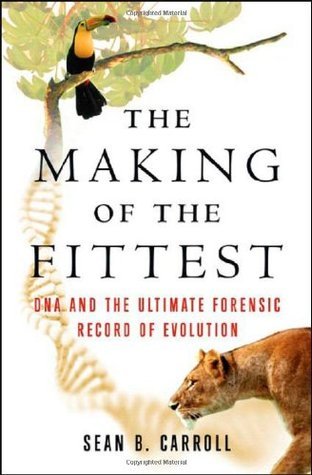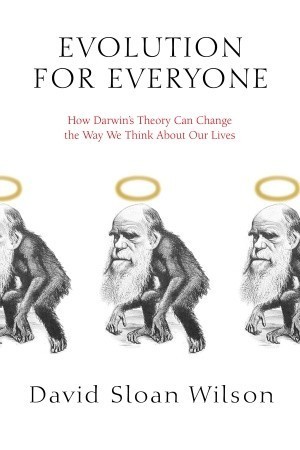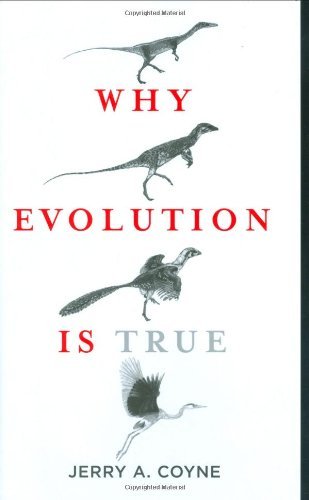
The Making of the Fittest: DNA and the Ultimate Forensic Record of Evolution
Book Description
Unlock the mysteries of life written in the code of DNA. Journey through the profound evidence illuminating evolution, revealing secrets locked within our genes. Sean B. Carroll unravels the intricate narrative of life's history, tracing the twists and turns that sculpted every creature on Earth. Marvel at the stunning discoveries that challenge everything thought known about the survival of the fittest. As science meets storytelling, the stakes rise—what does this primal history mean for our future? Can we decipher the ultimate forensic record before it’s too late?
Quick Book Summary
"The Making of the Fittest" by Sean B. Carroll delves into the profound story of evolution through the lens of molecular genetics. Carroll demonstrates how DNA provides an unparalleled forensic record of the evolutionary process, tracing life’s changes across millions of years. He guides readers through fascinating discoveries in genetic science, presenting compelling evidence for natural selection, adaptation, and descent with modification. By connecting groundbreaking research and real-world case studies—from icefish in Antarctic seas to humans’ own mutations—Carroll illustrates evolution in action. The book not only makes complex scientific concepts accessible but also explores what this genetic evidence reveals about our past and the evolutionary challenges we face in the present and future. Carroll’s storytelling underscores how genetics revolutionizes our understanding of life and the ongoing impact of evolution on all living organisms.
Summary of Key Ideas
Table of Contents
DNA as the Ultimate Evolutionary Record
Carroll introduces the revolutionary concept that DNA acts as a historical archive, preserving evidence of evolution at the molecular level. Just as fossils chronicle physical changes, genetic sequences tell the story of lineage and descent with astonishing precision. Carroll explains how breakthroughs in genetic technology allow scientists to uncover this hidden record, tracing ancestral relationships across the tree of life. These discoveries address long-standing questions about the mechanisms driving evolutionary change, transforming our understanding of biology and the history of life.
Molecular Evidence for Natural Selection
He presents compelling molecular case studies that serve as irrefutable evidence for evolution by natural selection. The book features vivid stories such as the evolution of antifreeze proteins in Antarctic icefish, allowing them to survive subzero temperatures. Carroll highlights analogous cases in other species: color changes in pocket mice camouflaging them against predators and the loss of eyes in cave-dwelling animals. These adaptations demonstrate the power of genetic mutations to produce profound physical and behavioral change in response to environmental pressures.
Adaptations and Evolution in Extreme Environments
Carroll explores the molecular underpinnings of striking adaptations found in extreme environments. He discusses not only cold adaptation in fish, but also the convergent evolution of resistance to toxins in amphibians and insects, and the genetic basis of high-altitude adaptation in Tibetans. By tracing these stories, Carroll illustrates how DNA mutations can be tracked in real time, allowing scientists to witness evolution as it happens. These case studies highlight the constant interplay between chance mutations and selective forces shaping life.
Genetic Mutations and Human Evolution
The narrative turns to human evolution, where DNA has revealed surprising truths about our ancestors and genetic legacy. Carroll explains how genetic evidence traces the spread of modern humans out of Africa and uncovers our shared heritage with Neanderthals and other hominins. He discusses genetic variations that influence susceptibility to diseases such as malaria and lactose intolerance, connecting our evolutionary past to modern issues of health and survival. The forensic analysis of our genome continues to inform medicine, anthropology, and our self-understanding.
Looking to the Future: Evolution’s Ongoing Influence
Finally, Carroll reflects on the broader implications of each discovery. The ongoing study of DNA not only confirms Darwin’s theory with unprecedented clarity but also alerts us to the evolutionary challenges we face today—like antibiotic resistance and genetic diseases. Carroll urges readers to appreciate the dynamic nature of evolution and the importance of scientific literacy. He concludes that unlocking the secrets written in DNA is crucial not only to understanding our origins but also to shaping our future as a species.
Download This Summary
Get a free PDF of this summary instantly — no email required.





